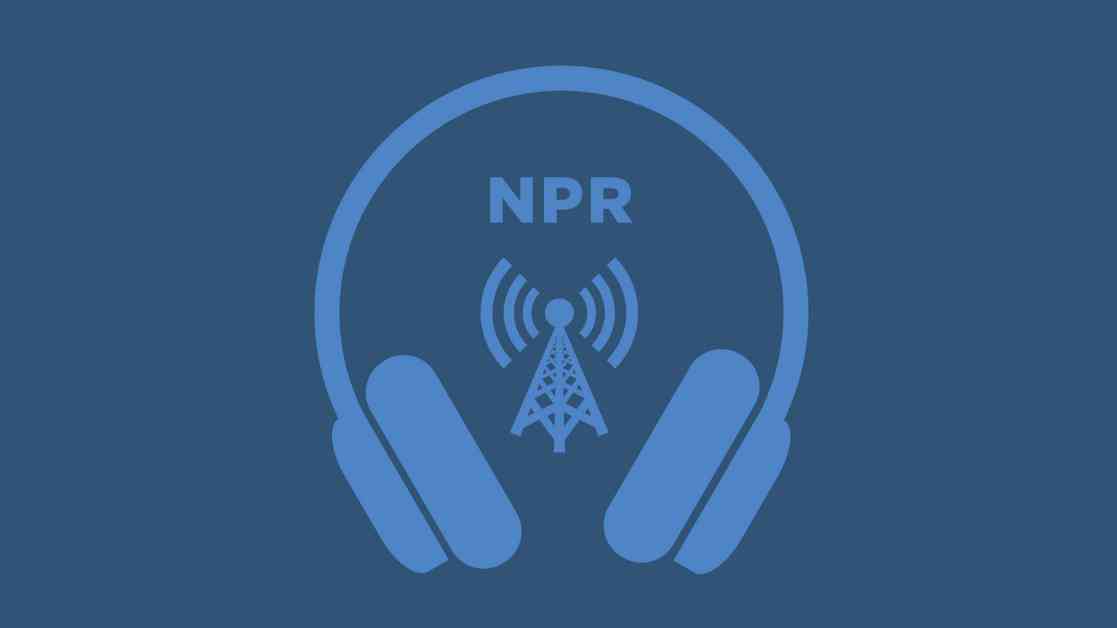Public education in America is facing a crisis as enrollment in public schools has been steadily declining, exacerbated by the challenges brought on by the COVID-19 pandemic. According to a recent report by ProPublica and The New Yorker, enrollment has dropped by approximately a million students since the start of the pandemic, with many families opting for homeschooling or private schools due to extended school closures and concerns about the quality of remote learning.
Factors Contributing to Declining Enrollment
The decline in public school enrollment can be attributed to a variety of factors, including the chaos and uncertainty brought on by the pandemic. In many cities, schools were closed for extended periods, leading some families to seek alternative educational options for their children. The transition to remote learning also presented challenges for both students and parents, with many feeling that their children were not receiving adequate instruction. As a result, some families turned to private schools that remained open or opted for homeschooling to ensure a more consistent and effective learning experience for their children.
Impact on Communities and Students
The closure of public schools, particularly in underserved communities, can have a profound impact on students, families, and the community as a whole. Research has shown that children who experience school closures often experience lower academic achievement, lower graduation rates, and decreased opportunities for higher education and employment. The disruption caused by school closures can have lasting effects on a child’s educational and social development, creating challenges that may persist into adulthood.
One school that has been particularly affected by declining enrollment is School 10 in Rochester, N.Y. Despite being beloved by the community and showing signs of improvement in academic performance, School 10 was among nearly a dozen schools that closed in the district last year. The closure of School 10, along with other schools in the district, has had a significant impact on the students, families, and educators who were part of the school community.
Challenges Faced by School Communities
The closure of schools like School 10 in Rochester highlights the difficult decisions that school districts face in response to declining enrollment. While consolidating schools may make financial sense and allow for more resources to be allocated to remaining schools, it also comes with a cost. The loss of a school can have a profound impact on the students, families, and educators who were part of that community, leading to feelings of loss, upheaval, and uncertainty about the future.
In the case of School 10, the closure has left families like that of Janice Kpor, a Liberian refugee, facing challenges in finding a new school for their children. Janice Kpor, who fought to keep School 10 open, now must navigate the transition to a new school that may not offer the same sense of community and support that her family had experienced at School 10. The closure of the school has not only disrupted the educational experience of students but also the social and emotional well-being of the families and educators who were part of the school community.
As public schools across America grapple with declining enrollment and the challenges brought on by the pandemic, it is essential for policymakers, educators, and communities to come together to address these issues and find solutions that support the needs of all students. Ensuring access to quality education, fostering strong community partnerships, and prioritizing the well-being of students and families are key to addressing the enrollment challenges facing American public schools.

